This print depicts Piazza San Marco during a session of the Maggior Consiglio.
There are people in the square, but almost no noblemen, as participation in the meetings of the Greater Council was compulsory, except for a few.
Source: Il Gran teatro di Venezia, a collection of sixty vedute of Venice, often with an entertaining or polemic side, published by Domenico Lovisa, c. 1715, in Venice.
La Piazza di S. Marco
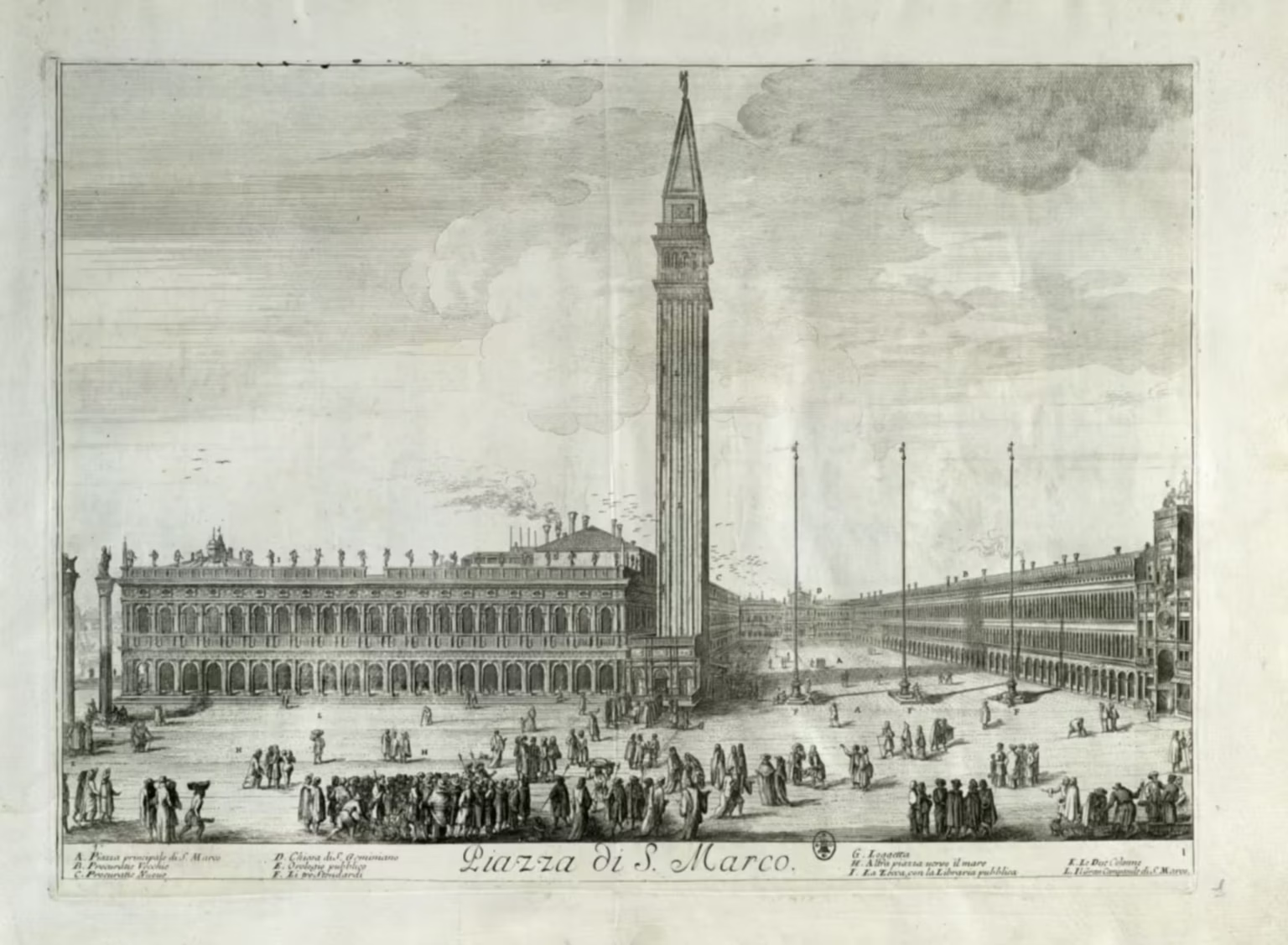
Legend
- Piazza principale di S. Marco — Main square of St Mark
- Procuratie Vecchie
- Procuratie Nuove
- Chiesa di S. Geminiano — Church of St Geminianus
- Orologio pubblico — The public clock-tower
- Li tre stendardi — The three standards / flag-posts
- Loggetta — The loggia beneath the bell-tower
- Altra piazza verso il mare — The other square towards the sea
- La Zecca con la libraria pubblica — The Mint with the public library
- Le due colonne — The two columns
- Il Gran Campanile di S. Marco — The Great Bell tower of St Mark
Location
The engraving shows the Piazza San Marco from an imaginary view point, somewhere inside the Palazzo Ducale, while removing both the Palazzo Ducale and the Basilica di San Marco from the composition, to enhance the grandeur of the square and its surroundings.
It is therefore not possible to see this exact view from anywhere, as the palace and basilica would obstruct parts of it.
Events
There are many persons present around the square, from manual labourers carrying heavy loads, to much more affluent persons strolling leisurely around or standing in groups chatting.
In the lower right, some merchants are selling something. One has a balance in his hand, while another inspects the goods, which are in baskets on the ground. One of the clients wears a turban, so probably a Turk.
Nearby, another group of Turks are talking.
In the centre, in the shade under the tower, is a stand selling wine: the classic Venetian ombra.
In the lower left, a large group is huddled together, apparently occupied by their discussion, as they don’t give much attention to a fight between two dogs.
Some seven or eight men, armed with halberds, circulate in the central part, and a dozen or so more stand guard in front of the loggia under the bell tower.
In the foreground, in the middle, three men stand out. They’re dressed in long robes, with a stole across one shoulder. A fourth such person appears a bit further back, to the left.
The four persons are the only noblemen present in the square. All the others are either citizens, commoners or foreigners.
They are some of the nine Procuratori di San Marco, who, among their other charges, were responsible for security in the square during the sessions of the Maggior Consiglio. Their command post, for this task, was the loggia under the bell tower.
The armed men are the arsenalotti — workers or guards from the Venetian navy docks — who also serve for the protection of state officials and offices, such as the Maggior Consiglio.
The presence of the Procuratori di San Marco and the arsenalotti in the square, and the focus on the loggia, indicates that the scene depicted is during a session of the Maggior Consiglio.
Contemporaries would have understood this, even without such a long-winded explanation.
Related articles
- Il Gran teatro di Venezia — Domenico Lovisa
- Veduta della Piazzetta di S. Marco — Il Gran Teatro di Venezia — plate 5
- Loggietta — Habiti d’huomeni et donne venetiane — 11
- The Maggior Consiglio
- Citizen of the Republic of Venice
- The Venetian Nobility
Related images
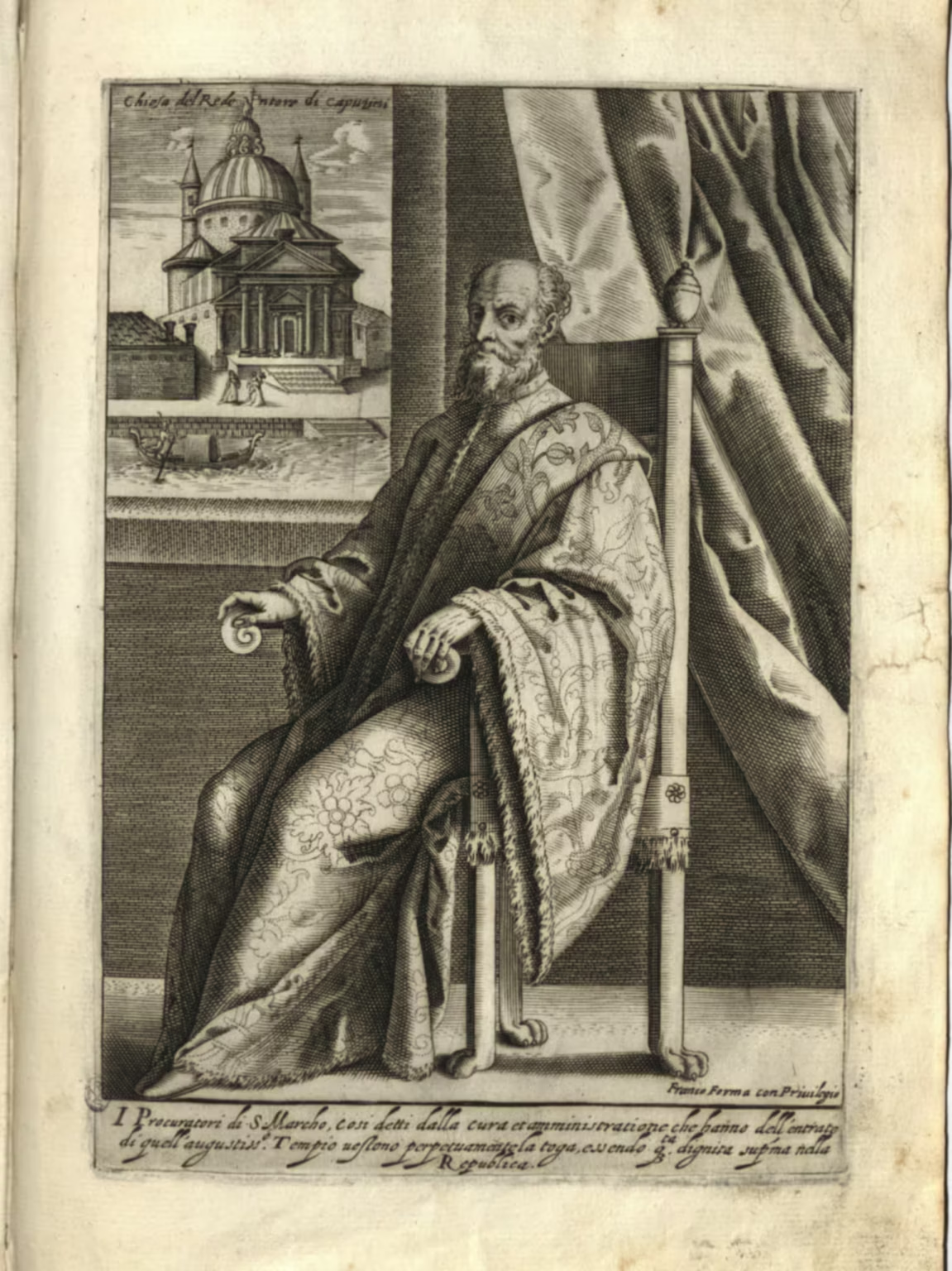
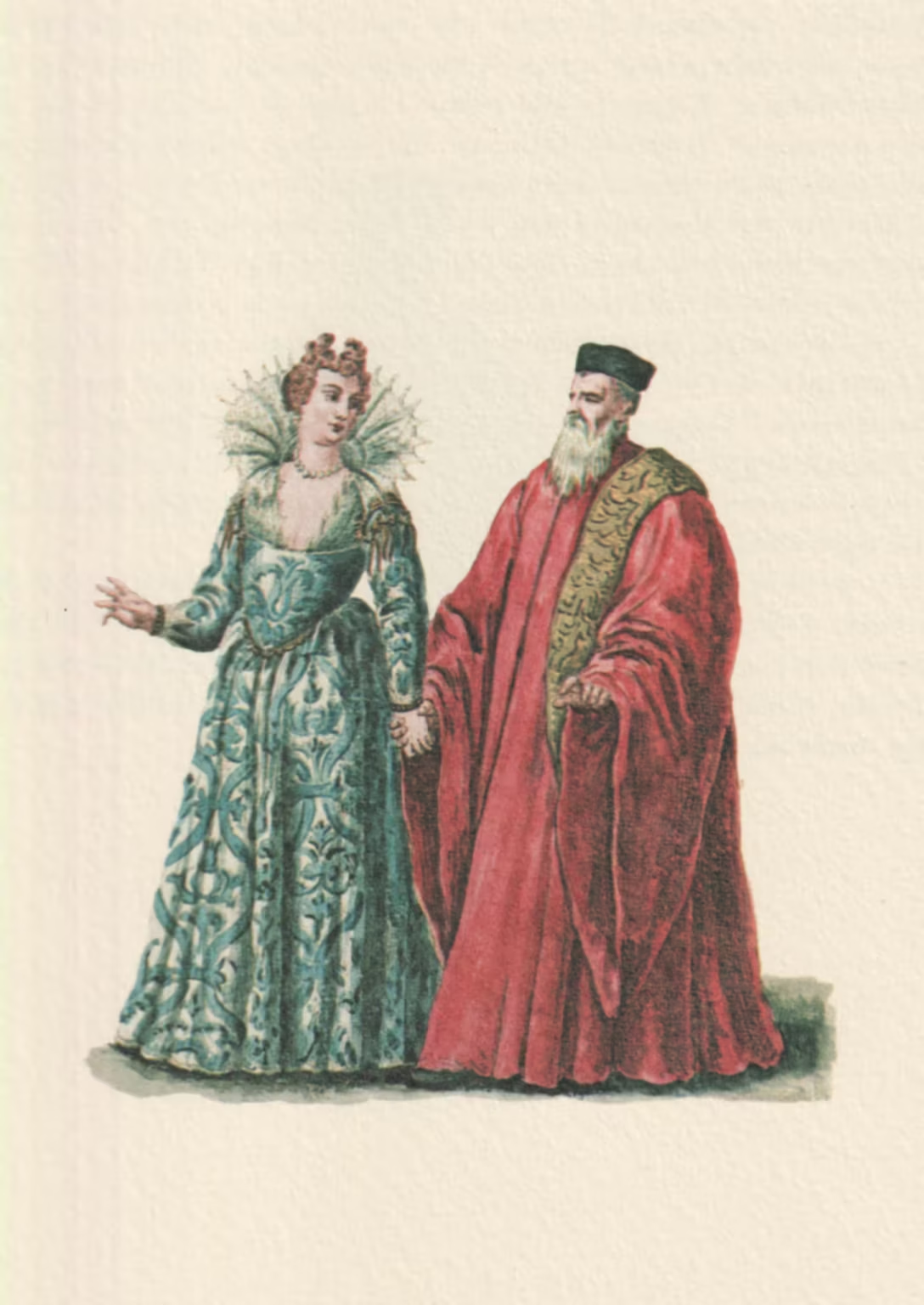
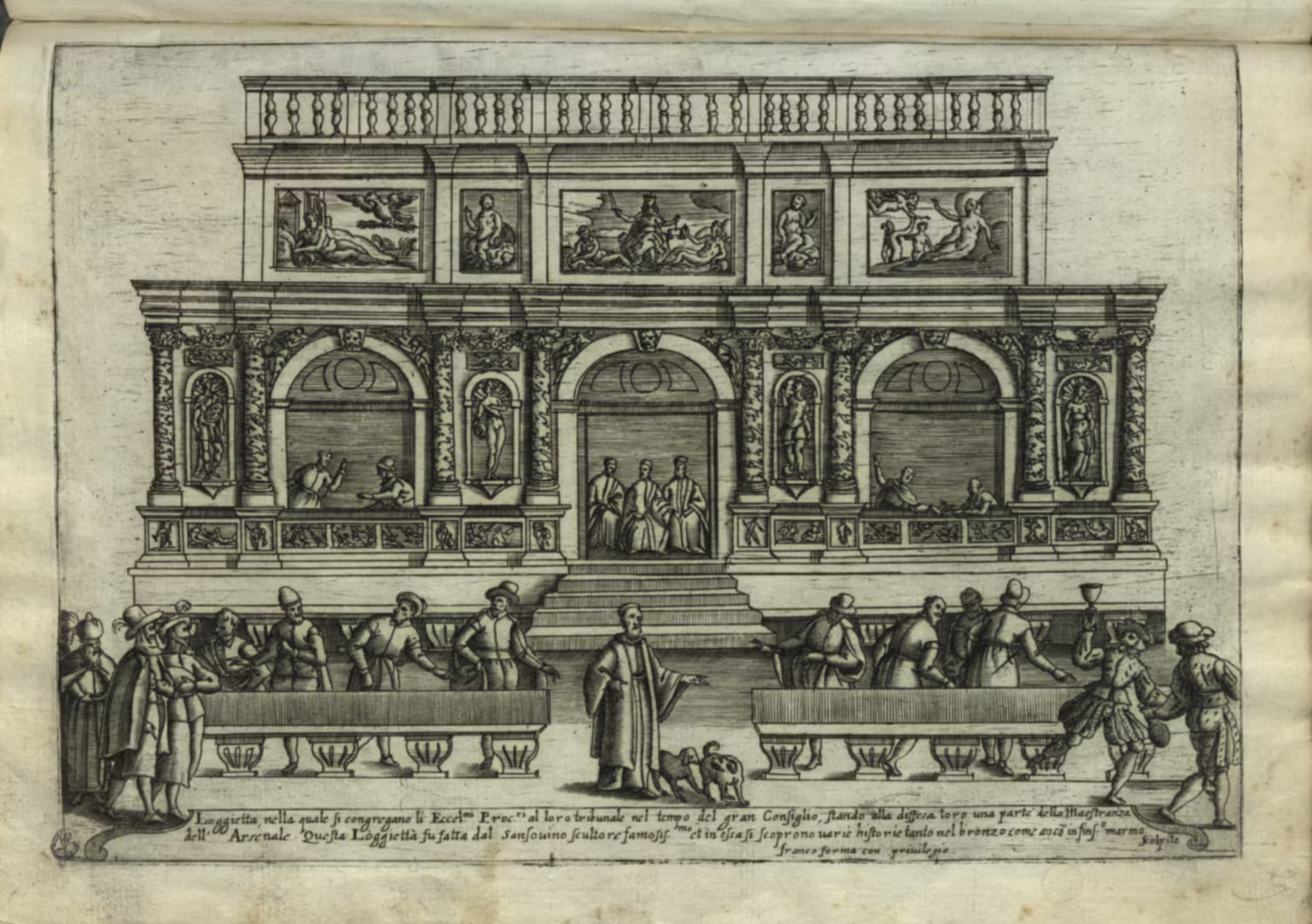
- I Procuratori di S. Marcho — Habiti d’huomeni et donne venetiane (c. 1610)
- Procuratore, e Cavaliere — Procurator and Cavalier — Grevembroch 1-18 (c. 1754)
- Loggietta — Habiti d’huomeni et donne venetiane(c. 1610)
Sources
- Procuratore di S. Marco — ASV Indice
- Procurator di san Marco — Lessico Veneto
- Procuratori di S. Marco — Dizionario
- Maggior Consiglio — ASV Indice
- Maggior Consiglio — Lessico Veneto
Bibliography
- Lovisa, Domenico. Il Gran teatro di Venezia ovvero descrizzione esatta di cento delle più insigni prospettive, e di altretante celebri pitture della medesima città, il tutto disegnato, e intagliato eccelentemente da periti artefici, con la narrazione della fondazione delle chiese, monasteri, spedali, isolette, e altri luoghi sì pubblici, come privati. Venezia per Domenico Lovisa sotto i portici a Rialto, 1715. [more] 🔗
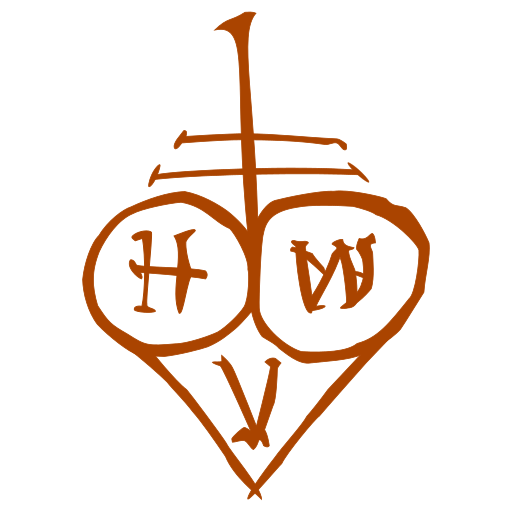
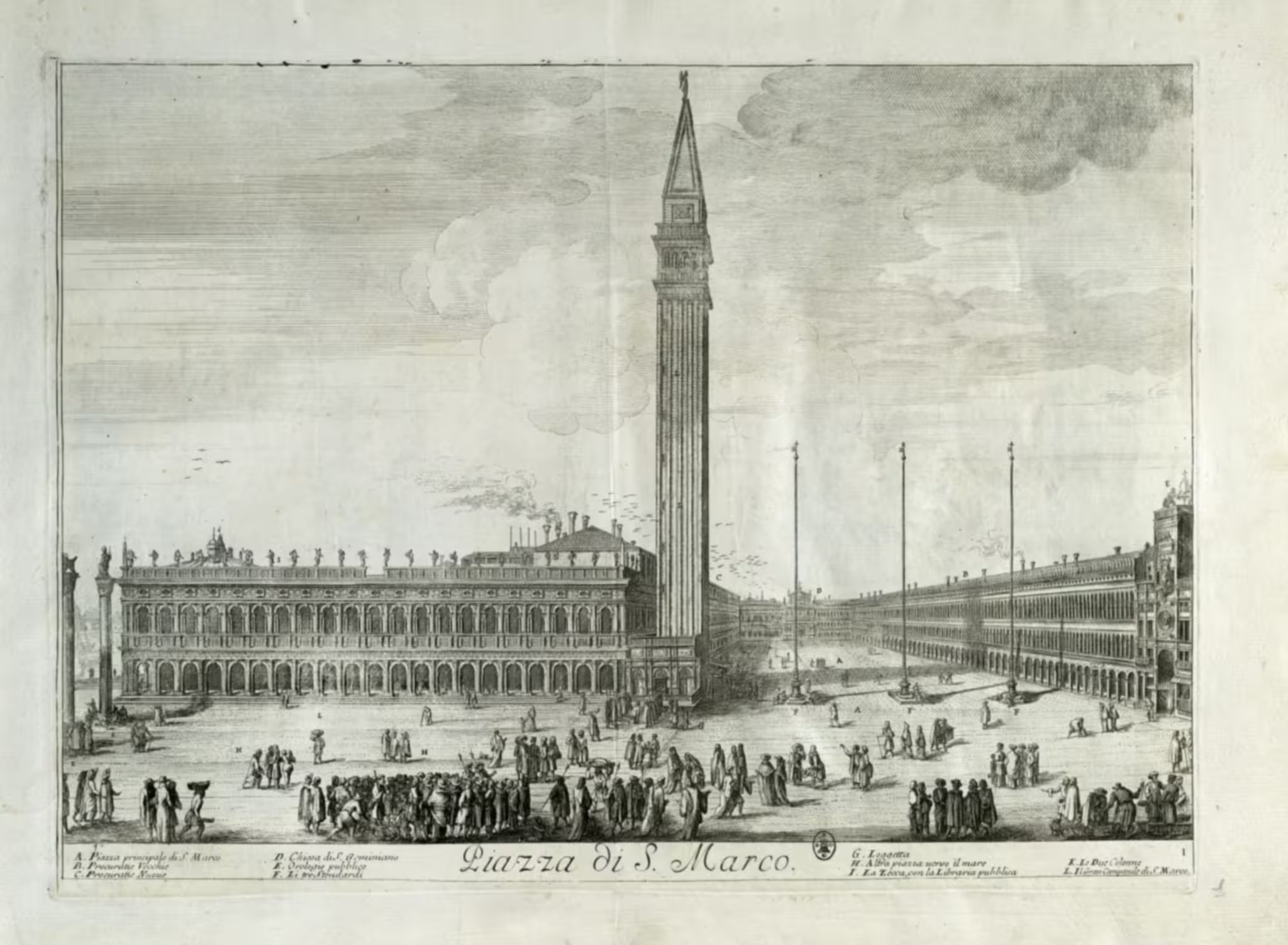
Leave a Reply